The 70 or so islands of Orkney may be isolated, sitting off the northernmost tip of the Scottish mainland, but they’re at the heart of an energy revolution. The seaport town of Stromness, on the largest island (‘Mainland’), draws visitors from Silicon Valley, Chile, Taiwan and everywhere in between, seeking to find out how Orkney is able to produce so much renewable energy – more than it can actually use.
First stop is often the European Marine Energy Centre (EMEC), which is based in the town and is “the seed for all of the growth over the last 20 years,” according to renewable energy researcher Dr David Woolf at Heriot-Watt University, Orkney.
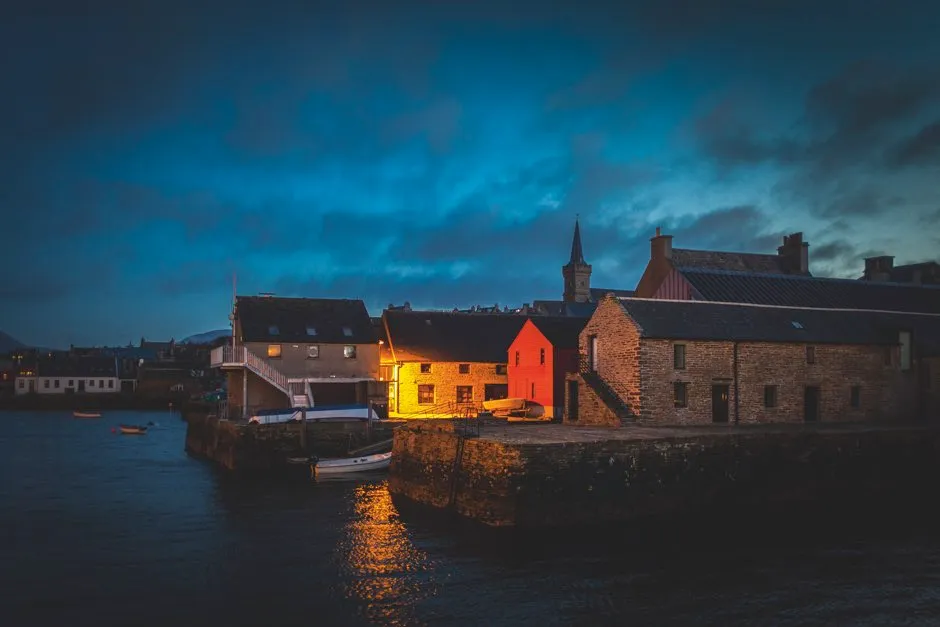
The juxtaposition between historical and contemporary is a common theme in Orkney: the harbourfront buildings shown here were formerly used in a herring fishing business but now include a modern art gallery, while across the islands wind turbines and electric vehicle charging points are as abundant as standing stones and the remains of Norse settlements.
Read more about renewable energy:
- Renewables overtake fossil fuels for UK energy output
- Europe has enough untapped windfarm capacity to meet global energy needs
Turning the tide towards tidal energy
The Fall of Warness tidal test site, located to the west of the island of Eday, offers seven grid-connected berths for testing tidal energy generation devices. There are a further six berths for wave energy devices at a separate site off the western edge of Mainland.
When the EMEC was established in 2003, it was with the aim of becoming a world leader in the development of wave and tidal energy; together, the two sites have hosted 32 different devices from 11 countries.
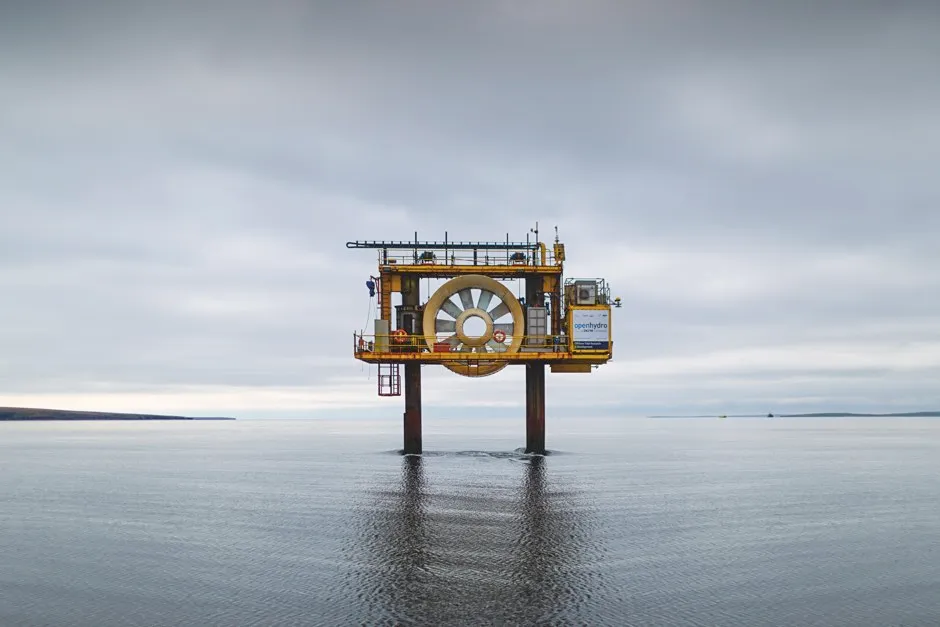
“Orkney is a place that’s got extraordinary energy in its landscape and seascape,” says Dr Laura Watts, Edinburgh University ethnographer and author of Energy At The End Of The World. Waves up to 18 metres high and tides rolling in as fast as four metres per second are what attract developers.
In 2008, Irish company OpenHydro was the first to send tidal power to the UK National Grid. One of the turbines it tested is shown here, although it’s no longer operating – OpenHydro was liquidated in 2018. Currently, Spanish tidal developer Magallanes is testing at the site.
Past and future of wind energy
Orkney is plentiful in wind. In fact, wind energy in the UK has its origins here: an experimental wooden turbine installed at Costa Head on Mainland in 1951 was the first grid-connected device. While this wind turbine soon succumbed to the 200km/h gusts, it paved the way for Mainland’s Burgar Hill wind farm, established in 1983.
Today, the wind farm hosts six turbines, one of which, in 2015, became the first UK device to generate over 100 million kilowatt hours of electricity.
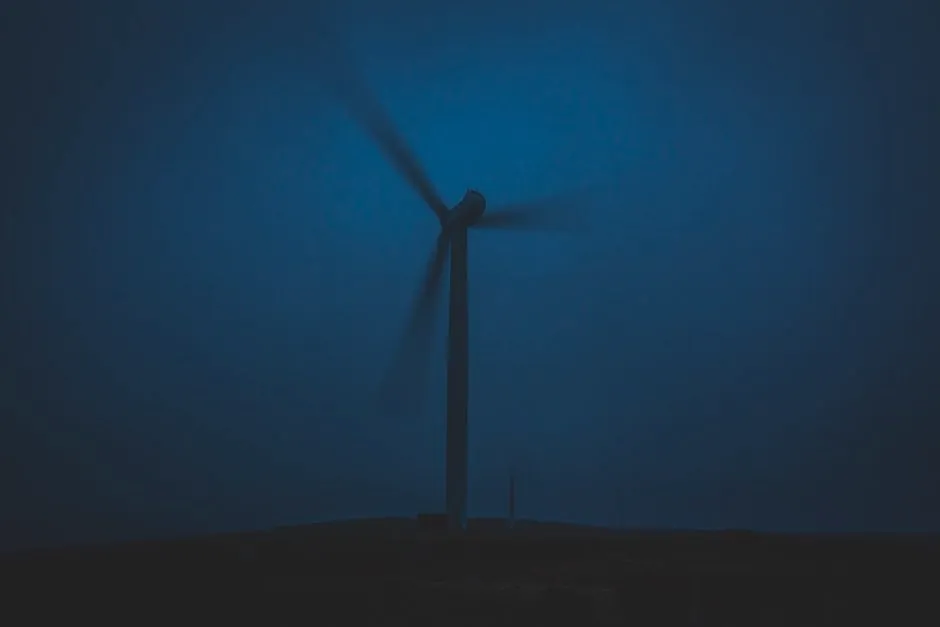
There are also hundreds of privately owned micro turbines dotted around the Orkneys. According to Woolf, the Orcadians are an entrepreneurial bunch who have helped drive the growth of wind and other energy technologies here, both at the individual and the community level.
“It varies from a local farmer saying ‘Well, I can do quite well just putting up a small wind turbine on my farm, and that’s going to pay me’, to people getting involved in the bigger projects, like the wind farms,” he says.
The island with more EV charging points than petrol stations
Bankburn House on the island of South Ronaldsay was once the haunt of sea captains; now, it’s a bed and breakfast equipped with solar panels, a wind turbine and a Tesla ‘Destination’ charging point for guests driving electric cars. According to owner Mick Fraser, when this Tesla charging point was installed, it was the northernmost in the UK. There’s now a Tesla point 20 kilometres further north, at a gin distillery on Mainland.
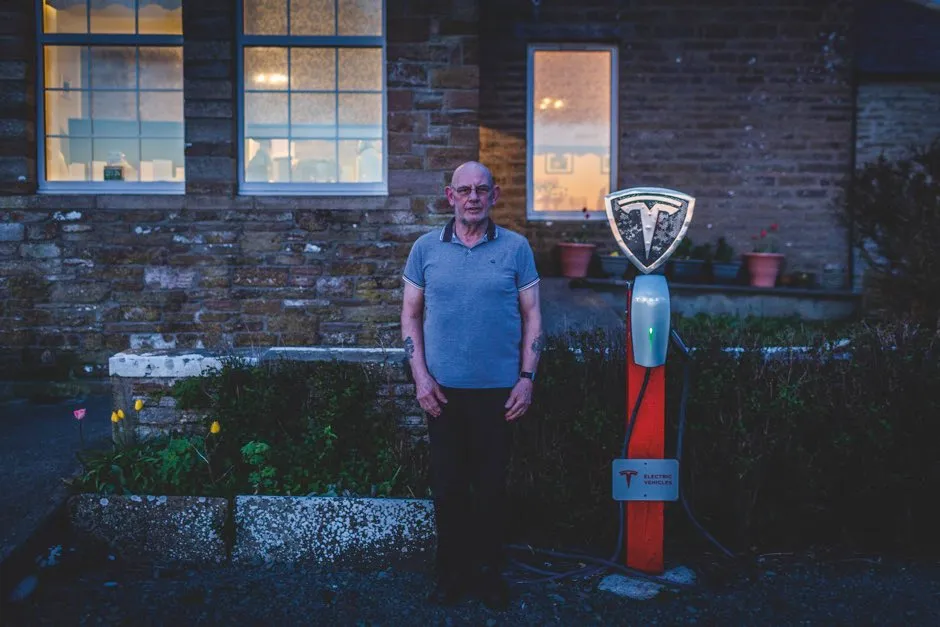
Across Orkney, there are currently 28 electric vehicle charging points – more than there are petrol stations. The majority of these are operated by the council. However, with just 168 all-electric or plug-in hybrid vehicles registered at the last count in 2017, that might seem too many.
That said, electric vehicles still make up a higher proportion (1.4 per cent) of vehicles than in any other Scottish council, and there are predicted to be 1,000 on Orcadian roads by 2023.
Energy storage solutions
This hydrogen refuelling station, located in Kirkwall, Orkney’s largest town, supplies the council’s five hydrogen fuel cell vans. The hydrogen is produced by electrolysers on the islands of Eday and Shapinsay, which use electricity from tidal and wind sources to split water into hydrogen and oxygen. The hydrogen can then be compressed, stored, transported and burnt to generate electricity at a later date.
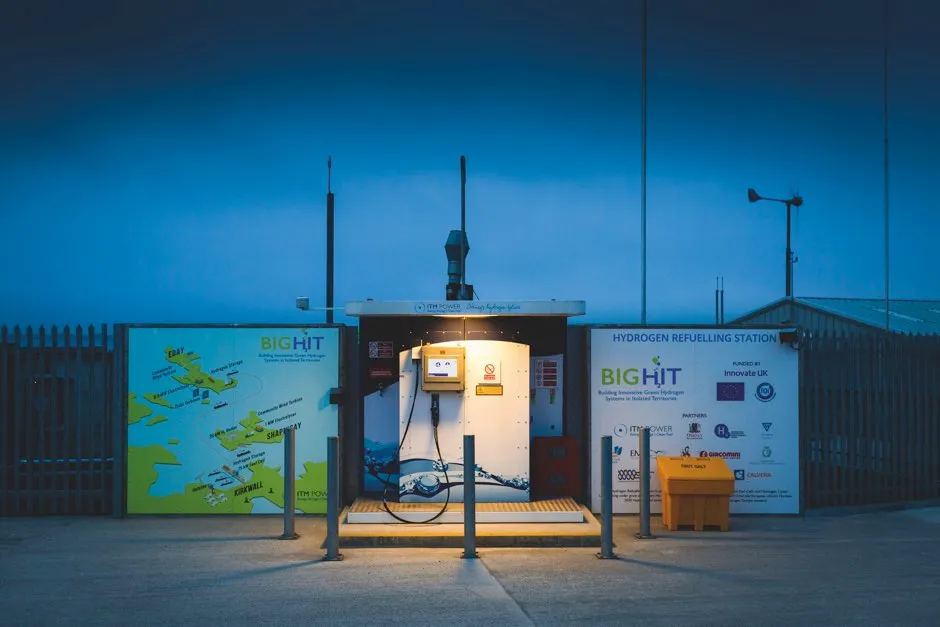
This is especially useful for Orkney, because the islands currently generate around 120 per cent of their energy needs, and much of this excess is wasted. “Most of the time there’s an energy surplus,” says Woolf, “but there’s not enough storage yet that we can totally cut ourselves off from the Scottish mainland.”
During still conditions, for example, Orkney has to pipe in some fossil fuel-derived electricity from the mainland. Developing storage options for energy should help to make the islands more self-sufficient.
Read more about fossil fuel-free cars:
- The next-gen Toyota Mirai aims to secure its place in a fossil-fuel-free future
- New battery tech could help electric cars charge in just 10 minutes
What can we learn from Orkney’s energy revolution?
What can other places learn from Orkney’s success? First, it makes clever use of its natural resources. The geography of Orkney determines the kinds of energy that are available; other places in the UK might need to rely more on solar energy, for example, or biomass.
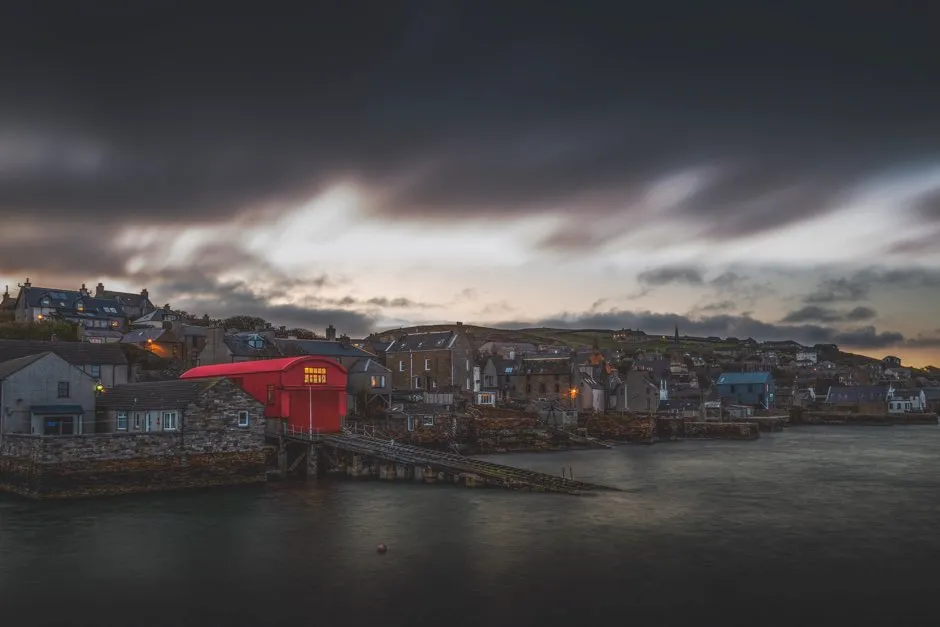
But perhaps more important is how communities – like Stromness – can become the driving force of an energy revolution. According to Watts, it’s not just about installing the relevant technologies, but about building relationships between the technology and the people who live there. “That work of maintaining a community is something that is ongoing in Orkney, and a lot of people are invested in it,” she says.
Meanwhile, next-gen energy technology continues to emerge from the islands. A new EMEC-led project called ReFLEX aims to create a ‘virtual energy system’ that brings together the transport, heat and renewable electricity networks, which will allow energy to be more efficiently stored for when it’s needed. The plan is to roll it out elsewhere in the UK and internationally.